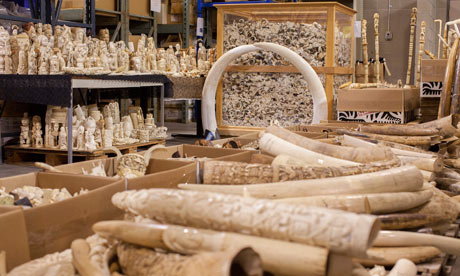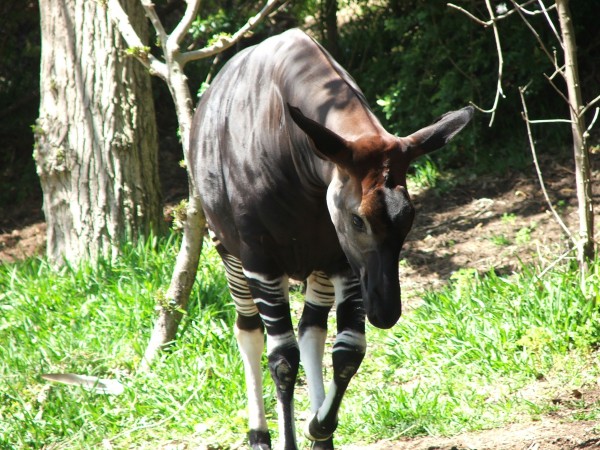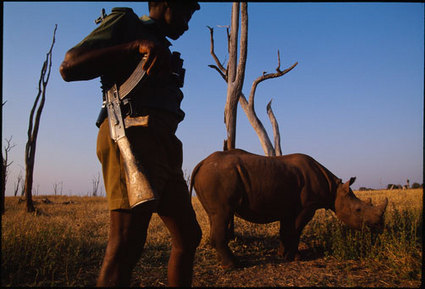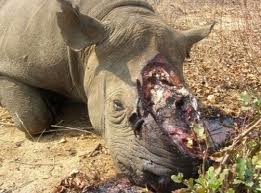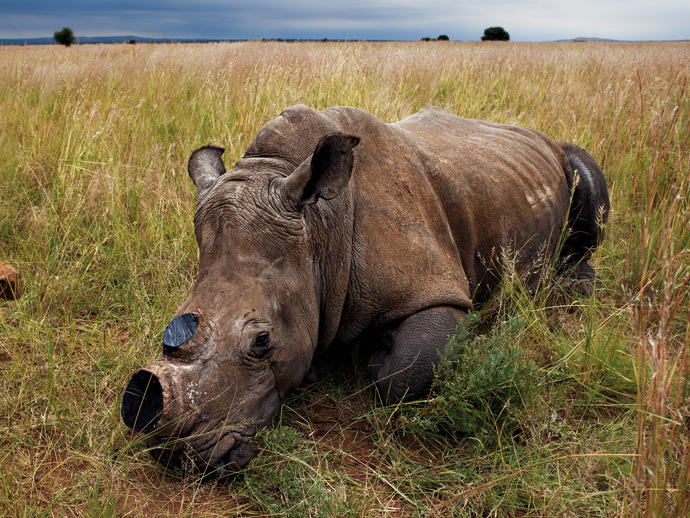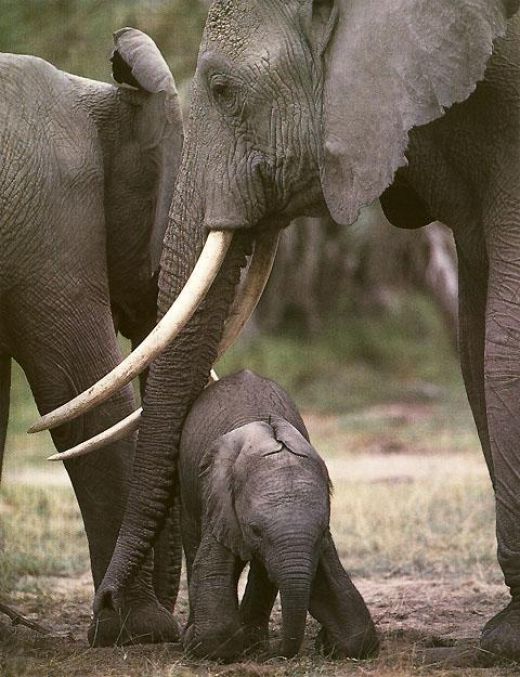From 2010-2012, the world lost more than 100,000 African elephants. At present, it is estimated that we lose 98 elephants a day. The biggest threat to both African and Asian elephants continue to be poaching to fill the demand of a thriving illegal ivory trade in China, the U.S., and Southeast Asia. In July 2013, President Obama revealed his Executive Order on combating wildlife trafficking, a proposed ban on all commercial trade in elephant ivory in the U.S. Working with preexisting legislature to close legal loopholes, the order will amend the Endangered Species Act of 1973 to include African elephants. …
What New Legislature in the U.S. Means for the African elephant
